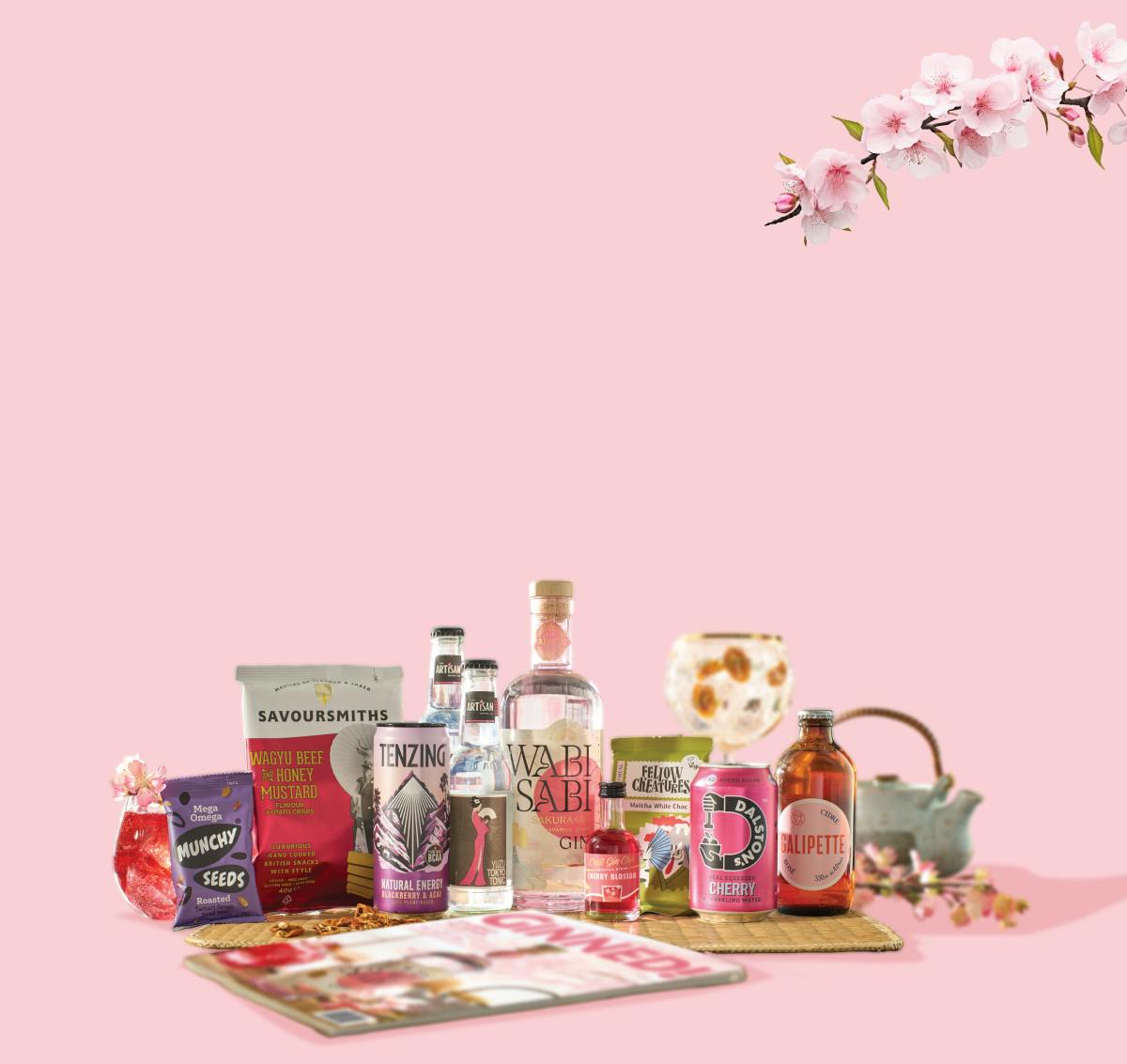Total flexibility, no commitment
A world of unique, crafted spirits
Easy, free and reliable delivery

How Many Of These Amazonian Botanicals Have You Heard Of?
January’s Gin of the Month, La República Amazónica makes stunning use of the flavours and scents of the amazon rain forest. This handy guide will help you navigate through the botanical wonders of the Amazon!
Cacao
Before chocolate is, well, chocolate, it’s cacao. These huge orange pods are cracked open for the white seeds inside, which can be cold-pressed for cocoa butter or roasted to become coco beans. La República uses cacao foraged by indigenous tribes in the Amazon.








Palo Santo Branch
Palo Santo translates as ‘holy stick’, and the tree from which these branches are stripped is related to the biblical frankincense and myrrh. Its evocative scent is imparted by the plant’s interaction with fire ants, who live in symbiosis with the tree, and the wood has been used since Incan times as an incense. In some traditional South American cultures it’s used to clear mala energía, or bad energy.
Chuchuhuasi Bark
The chuchuhuasi tree is a towering main-stay of the rainforest canopy, reaching as tall as 30 metres. The medicinal qualities of this tree’s bright red bark are well known among traditional Amazonian healers, and include pain and inflammation relief and an uncanny ability to speed healing
Copoazú
A relative of cacao, copoazú looks a little bit like a coconut from the outside. But crack it open and you’ll find it full of white pulp, which smells like a combination of rich chocolate and fruity pineapple. With its inherent sweetness – the flavour of copoazú is a fusion of passion fruit, pear, banana and melon – this fruit is used to flavour desserts, confectionery and juices in South America
Açaí
Called ‘ purple gold’ and pronounced ah-sigh-EE, the açaí berry thrives on palms in the South American rainforest. With its vibrant colour and superfood health claims – these little berries are packed full of antioxidants, fibre, calcium and heart-healthy fats. They’re popular in Europe and the USA as a smoothie ingredient.
Sacha Culantro
When the indigenous people of Bolivia came across this bush, with its fragrant leaves, they thought it was similar to culantro – known as coriander on this side of the pond! Sacha culantro translates as ‘different culantro’ and it’s one of Dan’s favourite botanicals. It has a richer, more citrus-y scent than coriander.
Canelón Bark
Aromatic, golden in tone and slightly sweet to the taste, the bark of the canelón tree was brought to Europe by Sir Francis Drake. He used the bark to prevent scurvy – as did Captain James Cook – but the wood is used more widely to make furniture and musical instruments. Its bark gives off a spicy smoke when burnt, and is used as a pepper replacement in Chile and Argentina.
Ají Gusano
Ají Gusano, or worm pepper, is “insanely hot,” laughs Dan. But this chilli pepper is also complex in flavour, both fruity and chocolatey. In English, this botanical is also known as caterpillar chilli.
.







